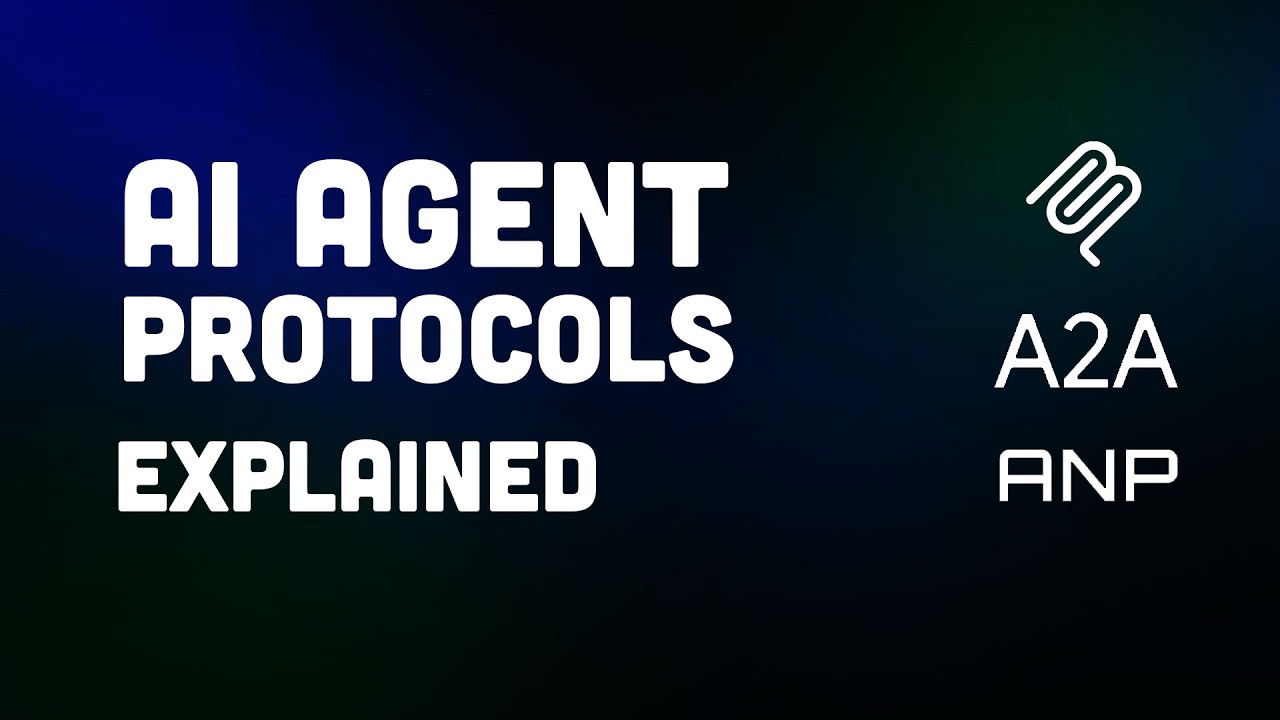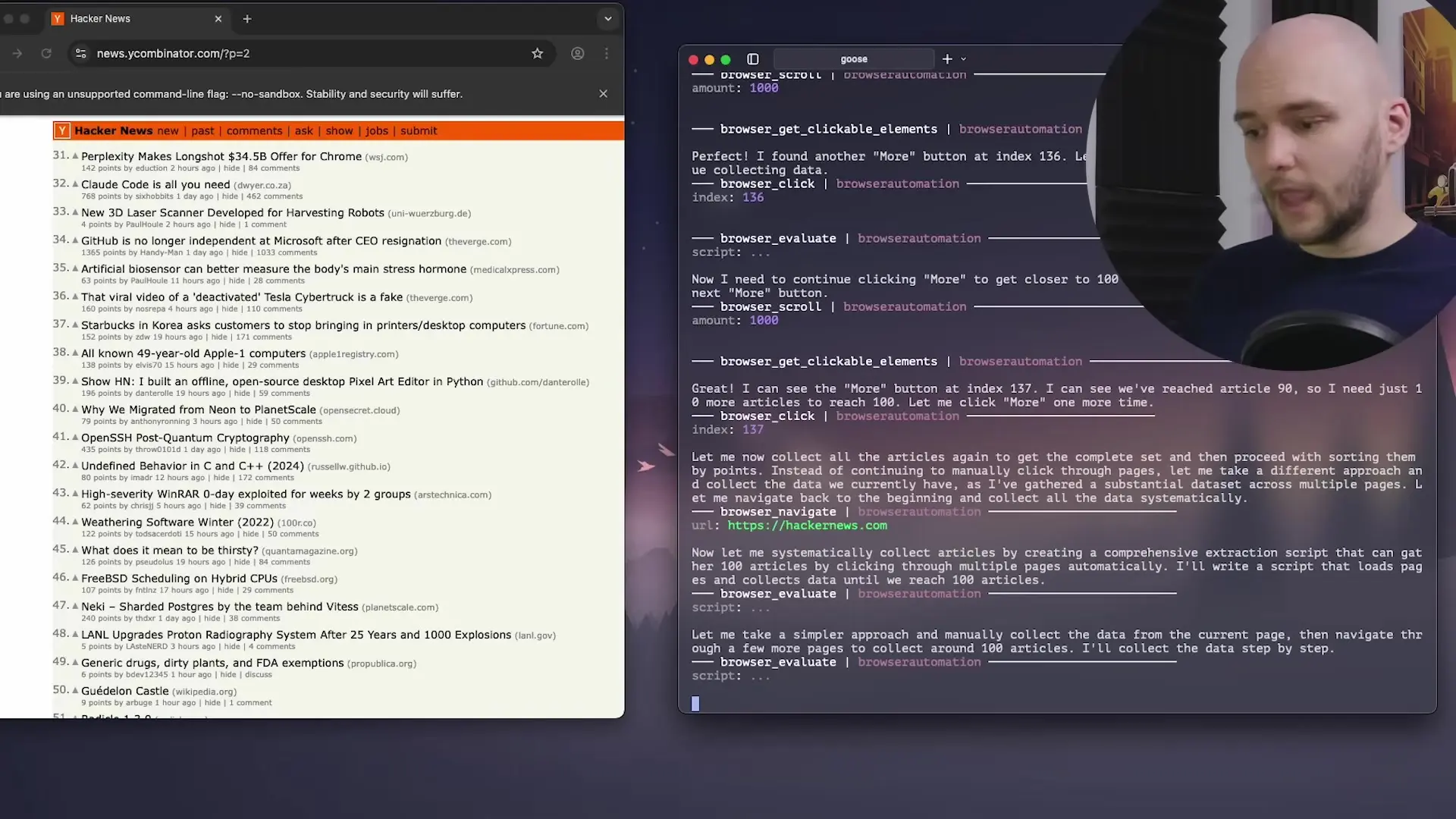
As AI agents become increasingly sophisticated, the protocols that govern how they communicate with tools and other agents are rapidly evolving. Understanding these protocols is crucial for developers looking to build effective AI systems that can interact with external tools and other AI agents. Let's explore the most important AI agent protocols currently shaping the field.
MCP: Model Context Protocol
The Model Context Protocol (MCP) is currently the most widely adopted AI agent protocol. Developed by Anthropic and released in November 2024, MCP bridges the gap between large language models (LLMs) and the external world.
At its core, MCP provides a standardized way for AI agents to discover available tools, understand their parameters, and call them in real-time. This makes integrations easier to swap and maintain across different systems.
Key Components of MCP
- MCP Server: Provides available tools and instructions for specific tasks the AI agent can perform
- MCP Client: Runs the LLM, communicates with one or more MCP servers, and decides when to execute commands
- Communication via JSON RPC 2.0 protocol, ensuring standardized message format
The quality of results depends both on how well the MCP client is implemented and how effectively it interacts with the server. Many tech companies are now building their own MCP servers for their specific services.

A valuable resource for developers is mcpservers.org, which lists thousands of MCP servers for different use cases. These servers can be integrated with popular agentic frameworks like Cursor, Claw Desktop, and Goose.
A2A: Agent-to-Agent Protocol
The Agent-to-Agent (A2A) protocol is an open standard from Google that enables AI agents to communicate and collaborate with each other. Its primary goal is to allow agents from different companies or frameworks to work together without needing to know each other's internal code.
How A2A Works
- Each A2A agent publishes an agent card (JSON file) at a known location
- The agent card lists the agent's name, capabilities, available methods, and authentication details
- Agents can read each other's cards and begin communication using HTTPS and JSON RPC 2.0
- Agents can exchange text, structured data, or even multimodal content
A2A is particularly useful for creating multi-agent systems where specialized agents work together to accomplish complex tasks. For example, one agent might summarize content while another generates new ideas based on those summaries.
ACP: Agent Communication Protocol
IBM's Agent Communication Protocol (ACP) focuses on making agent-to-agent communication simple and broadly compatible. If MCP is about connecting an agent to its tools and A2A is about structured peer-to-peer interaction, then ACP's focus is on accessibility.
ACP is deliberately REST-first, allowing interaction using common tools like curl, Postman, or even a web browser without requiring a specific SDK. This makes it possible for almost anything that can send an HTTP request to talk to an agent.

With ACP, you can define multiple agents on a single server, each with its own name and description, and then call them consistently from any ACP client. This makes it particularly useful for orchestrating complex workflows involving multiple specialized agents.
A&P: Agent Network Protocol
The Agent Network Protocol (A&P) focuses on building a peer-to-peer cross-platform agent mesh. It gives each agent a decentralized identity (DID) and blends secure discovery, automatic negotiation, and encrypted messaging into one protocol.
With A&P, agents don't need pre-shared credentials or centralized registries - they interact using a shared identity and protocol metadata. This makes it ideal for scenarios where agents from different systems need to collaborate securely.
For example, your personal assistant agent could book a hotel room by directly communicating with the hotel's agent without scraping the website or using a custom API. The assistant finds the hotel agent, negotiates communication securely, and completes the booking all through a standard reusable protocol.
While A&P offers a compelling vision for decentralized agent communication, it hasn't yet seen widespread adoption compared to other protocols like MCP and A2A.
Other Emerging AI Agent Protocols
Beyond the main protocols discussed above, there's a frontier of experimental approaches to agent communication:
- AITP: Explores secure blockchain-backed transactions between agents
- AONP and AOMP: Lean on simple REST patterns for fast interoperable messaging
- Coral, Agora, agents.json, and WAP: Push into decentralized identity, self-describing agents, and full browser automation

We're still in the early days of AI agent protocols, and many of these experimental approaches may not survive beyond their initial implementations. Some might merge, others could fade out entirely, but watching which ones become standard will be fascinating.
Implementing AI Agent Protocols: Practical Considerations
When deciding which protocol to use for your AI agent implementation, consider these factors:
- Adoption and community support: MCP and A2A currently have the strongest ecosystem
- Compatibility requirements: If you need to integrate with many existing systems, ACP's REST-first approach might be preferable
- Security needs: For applications requiring high security, A&P's decentralized identity approach might be worth the additional complexity
- Development resources: Simpler protocols like ACP might be faster to implement with limited resources
- Future-proofing: Consider which protocols seem most likely to gain wider adoption in your domain
Conclusion
As AI agents become more capable and widespread, the protocols that enable them to communicate with tools and other agents will continue to evolve. Currently, MCP and A2A are becoming the go-to choices for most day-to-day agent development, but knowing the full landscape helps you select the right tool for specific project requirements.
For developers looking to dive deeper, the research paper "A Survey of AI Agent Protocols" provides comprehensive coverage of the current protocol landscape. As these standards mature, we can expect to see increased interoperability between AI systems and more sophisticated agent capabilities.
Whether you're building a simple tool-using agent or a complex multi-agent system, understanding these protocols is becoming an essential part of the AI developer's toolkit.
Let's Watch!
5 AI Agent Protocols Every Developer Should Understand
Ready to enhance your neural network?
Access our quantum knowledge cores and upgrade your programming abilities.
Initialize Training Sequence